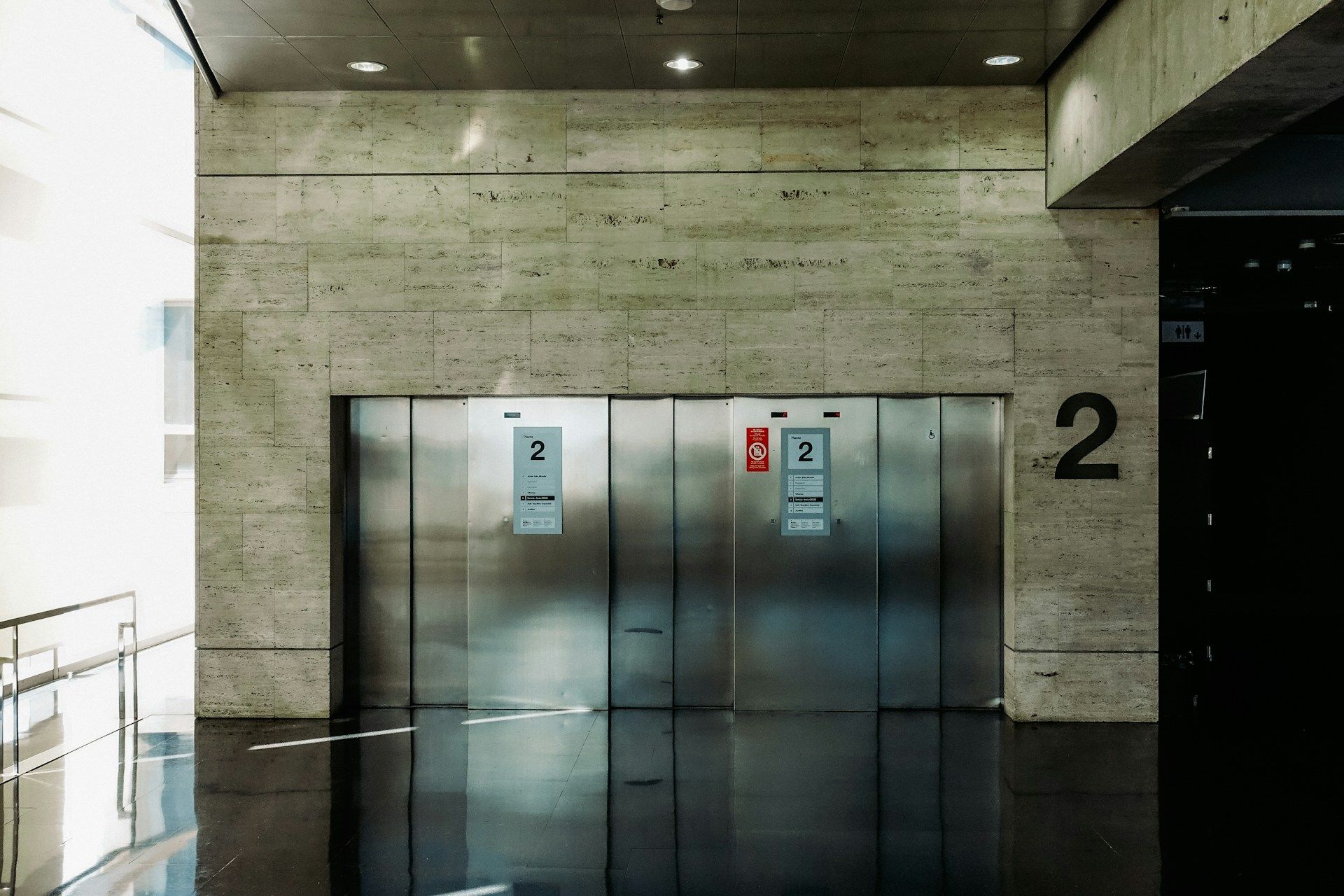Key Features for an Inclusive Vertical Transportation Experience
The modern elevator system should cater to the needs of all passengers, including those with mobility, visual, or auditory challenges. As a building owner or manager, it is essential to understand that providing an accessible and inclusive environment not only promotes equal access for everyone but also demonstrates your commitment to a diverse and welcoming space. This inclusive approach strengthens your building's reputation as a welcoming environment and helps you adhere to federal and state accessibility regulations, such as the Americans with Disabilities Act (ADA).
At Elevator Solutions Inc., we are dedicated to ensuring that your elevators cater to the needs of a broad range of users. Our experienced team remains updated with the latest advancements in elevator accessibility features and is well-equipped to provide you with the best guidance and support in realizing an inclusive and user-friendly elevator environment.
By combining expert knowledge and advanced technology, we can help you create an elevator system that is accessible and inviting to all, irrespective of the individual challenges your passengers may face. Partner with us to guarantee your building's elevators offer an inclusive and accommodating experience for everyone, and let us work together to elevate the standard for accessible and efficient vertical transportation in your property.
1. Auditory and Visual Aids
Auditory and visual aids are vital for ensuring that elevator passengers with hearing or visual impairments can navigate the vertical transportation system with ease. Some essential features include the following:
- Audio announcements: These provide verbal floor notifications and directions, keeping visually impaired passengers informed throughout their journey.
- Visual indicators: High-contrast displays and LED scrolling text ensure that passengers with hearing impairments receive clear visual information about elevator operation and floor levels.
2. Braille Buttons and Elevator Controls
To accommodate visually impaired passengers, elevators should feature Braille buttons and controls alongside standard buttons. Braille characters allow users to identify various floor options and other elevator functions efficiently. Additionally, buttons should be adequately spaced and positioned at a reachable height for all passengers, regardless of their mobility challenges.
3. Door Sensors and Safe Entry/Exit
Ensuring safe entry and exit from the elevator is crucial for passengers with mobility challenges, such as those using wheelchairs or walkers. Key features that contribute to increased safety include the following:
- Infrared door sensors: These sensors detect any obstructions in the doorway, preventing the doors from closing on passengers and allowing for extra time for entry or exit as necessary.
- Edge bumpers: These features stop the doors from closing if contact is made with any object or passenger, further enhancing safety during the entry/exit process.
4. Suitable Car Dimensions and Accommodations
Providing enough space within the elevator car for passengers with mobility devices is fundamental to implementing an accessible elevator system. Essential design elements to consider are the following:
- Car dimensions: An adequately sized elevator car should allow for comfortable maneuvering and turning of wheelchairs and other mobility devices.
- Handrails: Installing handrails at an appropriate height allows all passengers to maintain stability and balance while traveling within the elevator.
- Non-slip flooring: To prevent accidents, non-slip flooring materials should be used in the elevator car, ensuring a secure surface for users with mobility devices.
5. Maintenance and Ongoing Accessibility Upkeep
Maintaining accessibility features in elevators is crucial for ensuring their continued functionality and usability for all passengers. Key aspects of maintenance and ongoing accessibility upkeep include the following:
- Regular inspections: Conduct routine inspections of elevator systems to identify any issues with accessibility features and address them promptly.
- Accessibility testing: Perform periodic accessibility testing to ensure that auditory, visual, and tactile aids are functioning correctly and providing accurate information to passengers.
- Emergency preparedness: Implement protocols to ensure that accessibility features remain operational during emergency situations, such as power outages or elevator malfunctions.
- Training for staff: Provide training for building staff on how to assist passengers with disabilities and how to troubleshoot common accessibility-related issues in elevators.
6. User Feedback and Improvement Implementation
Encouraging feedback from elevator users, especially those with disabilities, is essential for identifying areas for improvement and implementing necessary changes. Strategies for collecting and utilizing user feedback include the following:
- Surveys: Conduct surveys or solicit feedback directly from elevator users to gather insights into their experiences and any challenges they encounter.
- Accessibility committees: Establish an accessibility committee comprising representatives from diverse backgrounds, including individuals with disabilities, to review feedback and recommend improvements.
- Continuous improvement initiatives: Use feedback from elevator users to drive continuous improvement efforts, such as upgrading accessibility features or adjusting elevator configurations to better accommodate passengers with disabilities.
- Transparent communication: Keep elevator users informed about ongoing efforts to enhance accessibility and address any concerns or issues raised through feedback channels.
- By prioritizing maintenance and ongoing accessibility upkeep and leveraging user feedback to drive improvement initiatives, building owners and managers can ensure that their elevators remain accessible and inclusive environments for all passengers.
Conclusion
Incorporating accessibility features into your building's elevators is an essential step towards fostering an inclusive environment that caters to the diverse range of users who depend on vertical transportation daily. By considering the unique challenges of individuals with mobility, visual, or auditory impairments, you can effectively design and implement an elevator system that accommodates everyone, regardless of their needs.
By partnering with our knowledgeable and dedicated team, you can ensure that your elevators meet accessibility guidelines and provide a comfortable and secure experience for all passengers. Trust us to guide you in selecting and implementing the best features to guarantee an accessible and seamless elevator environment in your building.
Discover how Elevator Solutions Inc. can help you improve accessibility in your building's elevator system. Let's work together to create a welcoming and inclusive vertical transportation experience for everyone who enters your property. Contact us today to learn more about our
elevator installation services.



